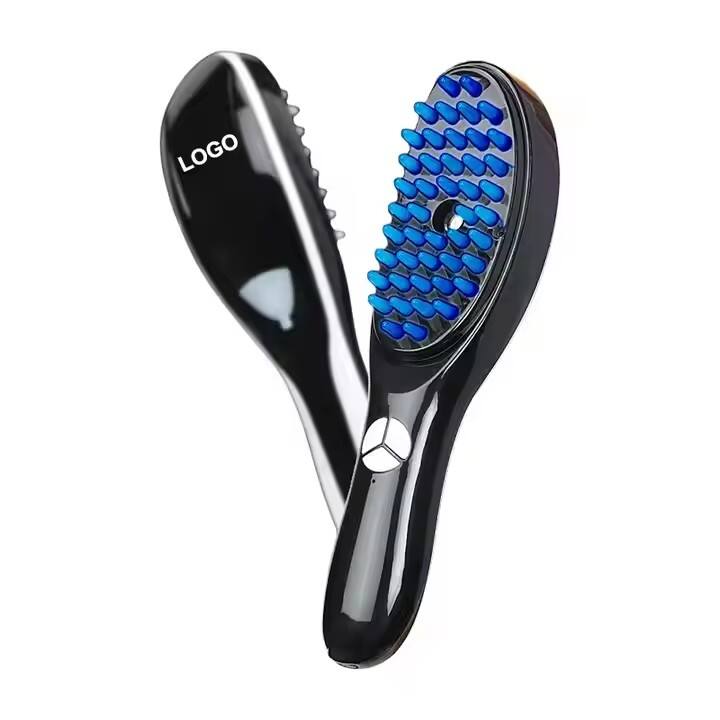Hair loss is a prevalent problem that is the cause of the frustrations for millions of men and women all over the globe. Thinning of hair that results from different factors including heredity, hormonal imbalance, stress, and some other medical conditions can greatly affect a person's confidence and self-esteem. Recently, laser hair growth therapy was getting a lot of attention as a non-surgical way to bring back hair lost, and it was merely a matter of time before the hair restoration industry's market would be confronted with this new technology. So the real question remains whether or not the laser hair growth method is able to give back what it promised, or is it just another fleeting era in the hair regeneration domain?
What Is Laser Hair Growth Therapy?
The technology in laser hair loss treatment employs low-intensity light, either in the red or near-infrared range, to activate the scalp organs and the hair follicles. Conversely, with the cold LLLT it is ‘cold’, thus does not cause any harm tothe skin as a result of the use high powered & hence cutting off or removing hair. But its function is to give these follicles the energy they require through the targeted application of light in order to stimulate their natural cellular function and make the hair grow.
The procedure can be performed through:
In-clinic devices – Large laser hoods or panels used under professional supervision.
At-home devices – Laser caps, combs, and headbands designed for personal use.
How Does It Work?
LLLT is a system based on a light energy concept known as photobiomodulation that states that the light energy delivered to the scalp shall be accepted by cells in the hair follicle. It is purported that this step is supposed to:
Increase ATP production – ATP is the energy currency of cells, and consequently, the higher the production of it may lead to hair follicles treatment and rejuvenation.
Improve blood circulation – Better blood flow brings more oxygen and nutrients to the follicles.
Extend the growth phase (anagen) – Hair stays in its active growing phase for a longer period of time.
Reduce follicle inflammation – Inflammation, if it continues, can not only harm follicles but also speed up hair loss.
Improved hair density – The number of hairs per one square centimeter of scalp increases.
Enhanced hair thickness – Hair that is the individual hair becomes stronger and fuller in length.
Reduced rate of hair loss progression – Follicles are alive for longer therefore hair loss slows down.
Both males and females with initial to moderate thinning of hair (Norwood stages II–V).
Cases of androgenetic alopecia.
People who have diffused thinning instead of total loss of hair.
First 4–8 weeks – The shedding process is reduced and the scalp is healthier.
3–6 months – A visible change in the hair will be thickened and densified.
6–12 months – Here, you will find more hair growth in the areas affected by thinning.
The devices of higher power and larger coverage area.
Treated by specialists who are skilled and have undergone training.
More expensive (packages can be from $2,000 to $4,000)
Laser caps, combs, or helmets.
Daily or weekly usage made easy due to the convenience of the device.
Lowers the upfront cost ($200–$1,500) but needs commitment.
Non-invasive and painless – You do not need surgery or injections.
Almost no side effects – Most users have no discomfort other than a mild warming sensation.
For both men and women and those with hair loss.
In addition to other methods, the laser works well – as a result of the combination with minoxidil or finasteride, more efficient outcomes are achieved.
A long time is necessary for results to appear – Benefits are less noticeable if you stop the treatment.
Is not working for all people uniformly – the response to the treatment varies.
Price – Good-quality devices tend to be rather expensive.
It only works to a limited extent on total hair loss at later stages.
People suffering from scalp lesions or infections.
Those who have skin cancer on the scalp.
Pregnant women that did not consult a doctor first.
Stick to the planned schedule – Not going through the sessions as advised can slow down your progress.
Try this therapy along with other treatments – The combination of topical and oral medications along with this therapy can give you a quicker result.
Take care of your scalp – Washing and exfoliating the scalp will help the light to penetrate better.
Practice patience and be realistic – Improvement will be slow and steady before you can see a complete transformation.

